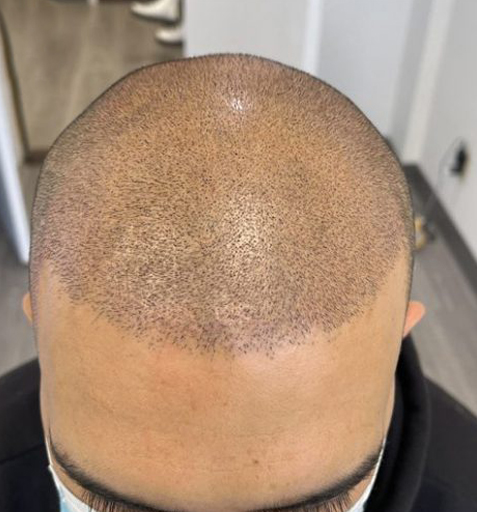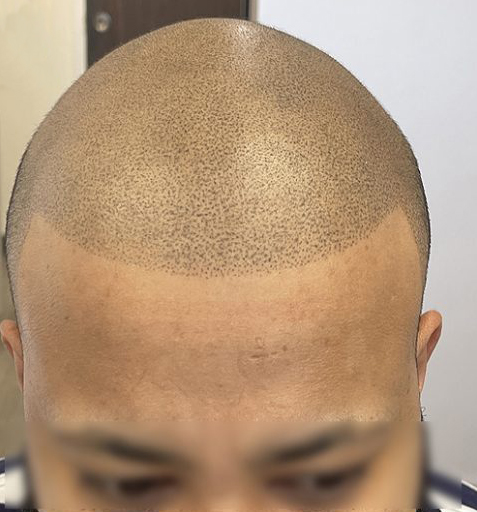26 May
Scalp Micropigmentation (SMP) is a procedure that can change your life, giving you more confidence and freedom. But the best outcomes do not end after the treatment. SMP Aftercare matters a lot! The key to keeping your scalp looking fresh and natural without any mistakes after SMP. Want to make your SMP investment count? This […]
READ MORE20 May
A fresh hair tattoo can change your look and boost your confidence. But with getting tattooed, a touch-up session is often necessary to maintain their freshness and appearance. Why does a touch-up matter, and what can you expect from the process? This guide will address all your concerns and ensure you are properly prepared. It […]
READ MORE14 May
Loss of hair can be difficult to deal with. The loss of confidence is often a factor if it’s due to illnesses, genetics, or other causes. Two options for dealing with this include hair tattoos (scalp micropigmentation) and wigs, but which one is best for you? Both have distinct advantages, and your decision will depend […]
READ MORE10 May
Many people are experiencing hair loss regardless of their gender and age. It keeps on affecting their confidence and even self-esteem. If you do not wish to live with it, there are incredible hair restoration treatments available. Two common ones are Follicular Unit Extraction (FUE) and Scalp Micropigmentation (SMP). Which one is right for you? […]
READ MORE8 May
Picture stepping through a mirror and observing a new, confident version of ‘you’ with a hairline that optimally suits your features. The right hairline configuration presents multiple advantages, including enhancing overall features and boosting self-esteem. However, how do you determine the most appropriate hairline for your face shape? This article will bring to your attention […]
READ MORE29 Apr
Just imagine waking up to looking in the mirror and loving the calm and confident reflection staring back at you. That is the promise scalp micropigmentation offers. But hold on! The treatment is only the first half of your transformation. The healing period plays a massive role in how great your results look. Rushing or […]
READ MORE23 Apr
What if we tell you hair tattoos give an SMP-like fresh start? This has been true for so many people affected by hair loss and it is possible to recover one’s normalcy through our hair tattoo procedure. At the Hair Tattoo Clinic, we do so much more than restoring someone’s hairline— the clients we serve […]
READ MORE22 Apr
Do your dreams of curly hair conflict with your thinning on top holding you back? You are not alone! Many people with beautiful curls suffer from hair loss, and it may seem impossible to find products that really work with their texture. We are exploring the field of SMP thoroughly to reveal whether this therapy […]
READ MORE12 Apr
Alopecia is life-altering. It’s not just your hair; it can change how you feel about yourself, your confidence and your identity. Although millions of people live with alopecia, the emotional toll can be crippling. The good news? There is a solution causing a sensation in hair restoration. It’s something called Scalp Micropigmentation (SMP), and it’s transforming people’s self-image. In […]
READ MORE5 Apr
Have you ever wondered why some scalp micropigmentation results look amazing and others do not? An SMP technician behind the work who holds the secret. A devout SMP technician is not just someone who stamps pigment into the scalp but instead, artists, problem solvers, and perfectionists all in one. Whether you are already interested in SMP or just […]
READ MORE





© 2024 HAIRTATTOO.CA | Scalp Micropigmentation & Trichology Centre
